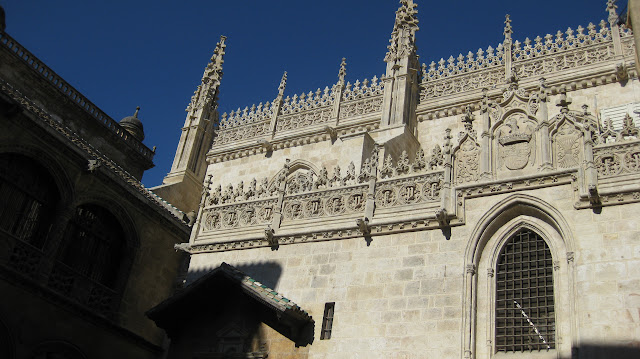This is one of my favourite places in Granada for the views, the tranquility and the amazing history that lies within its wall. The Abbey itself is imposing and rings out its bells to the locals of Sacromonte. To walk from Sacromonte to the Abbey takes around 25 minutes and is uphill all the way. It is definitely worth the effort though for the views and to get a feel for the charm of the place. It is also arguably the best place in Granada to view the sun setting from as you get to see the amazing sky behind the Alhambra and surrounding city
If you do make the effort to visit the Abbey, do not leave without having a guided tour inside the grounds. Although the tours are infrequent, they are well worth the wait. The history of the Abbey is immense and you will discover how the Abbey was constructed on this site, when the remains of Saint Cecil were discovered in around 1595. Saint Cecil and a number of Christian followers were brutally murdered by the Roman whilst defending their faith. The tour of the Abbey will tell you more and takes you down into the Catacombs below. Follow @nwbridges78
































